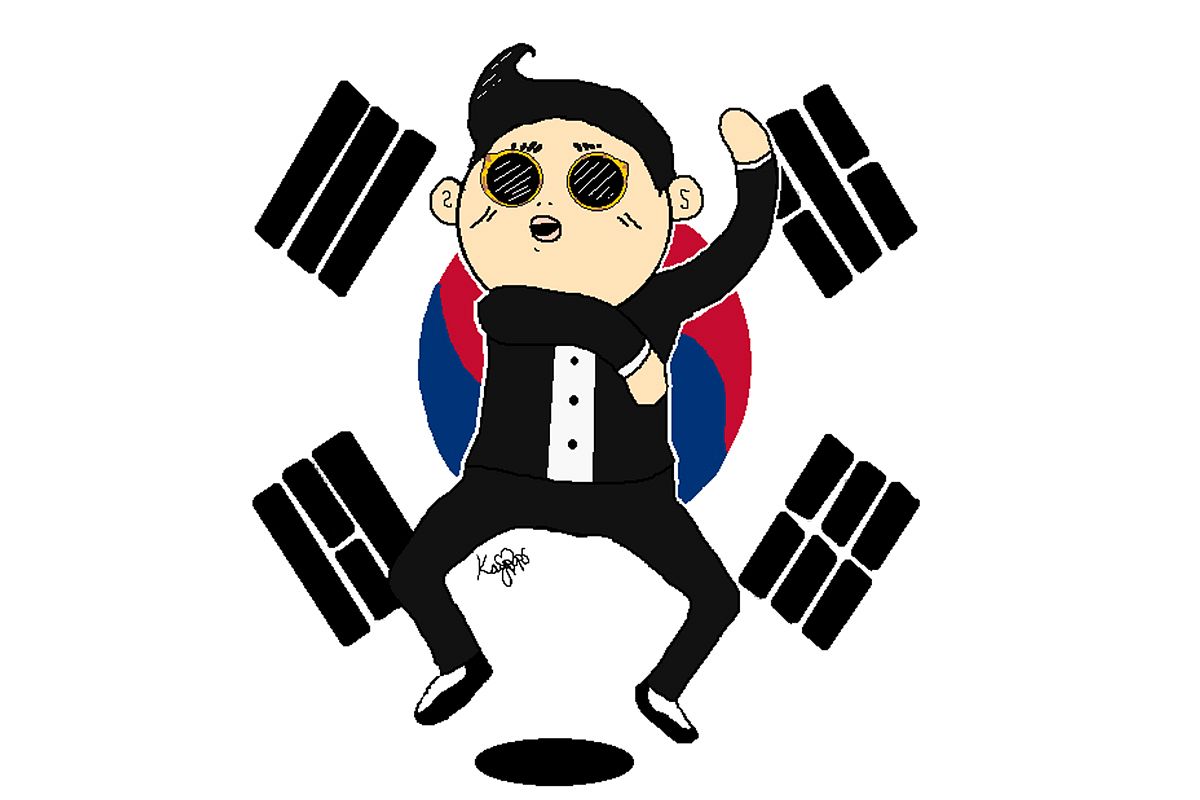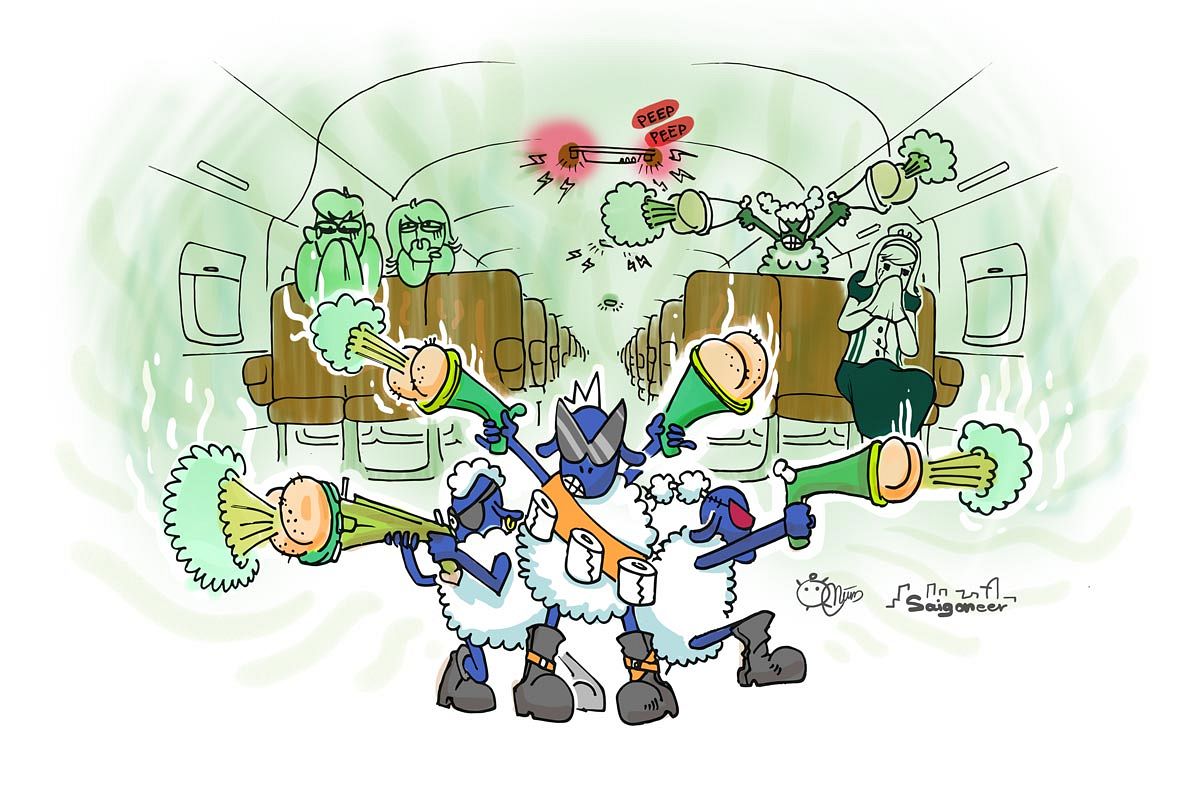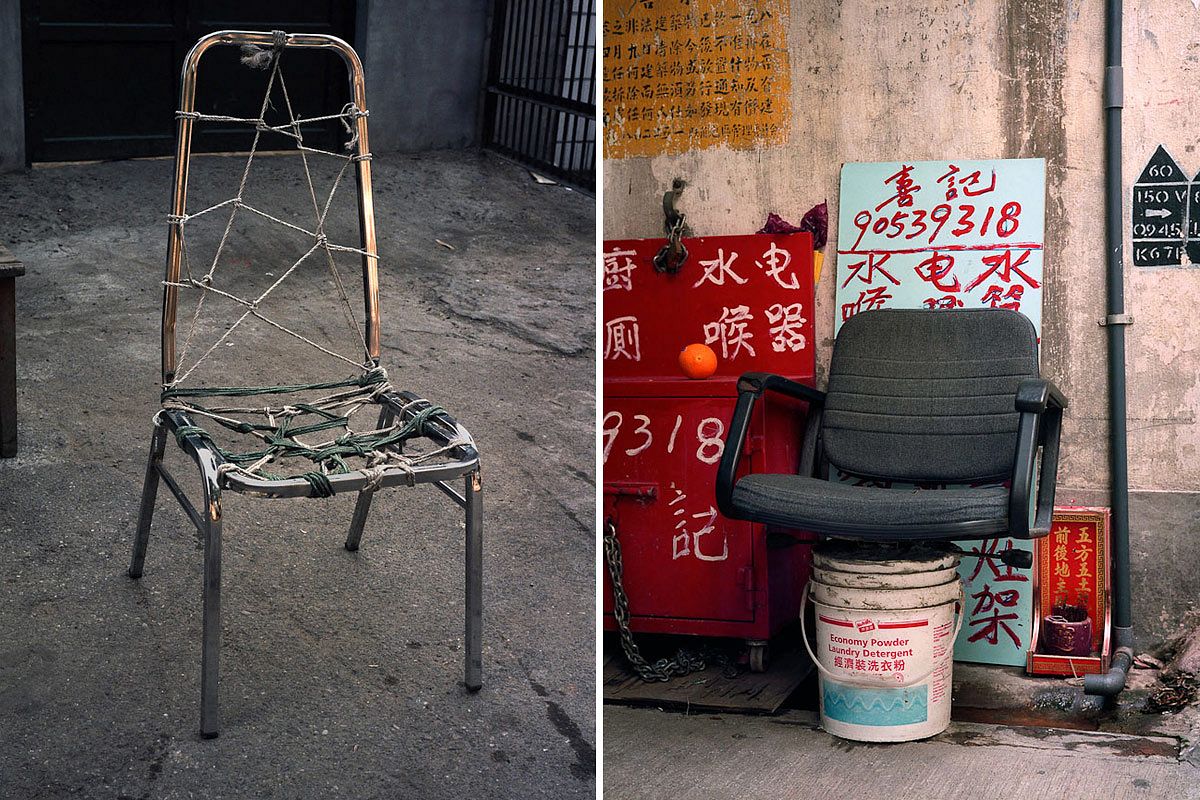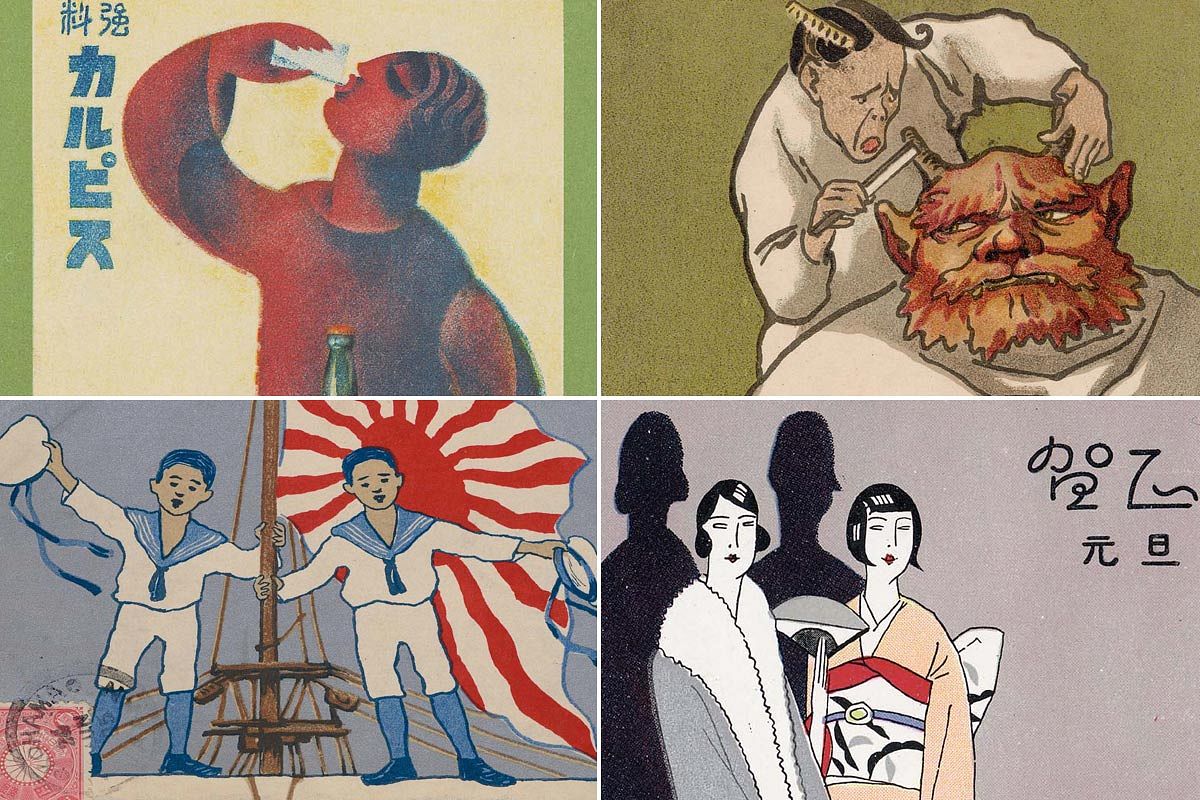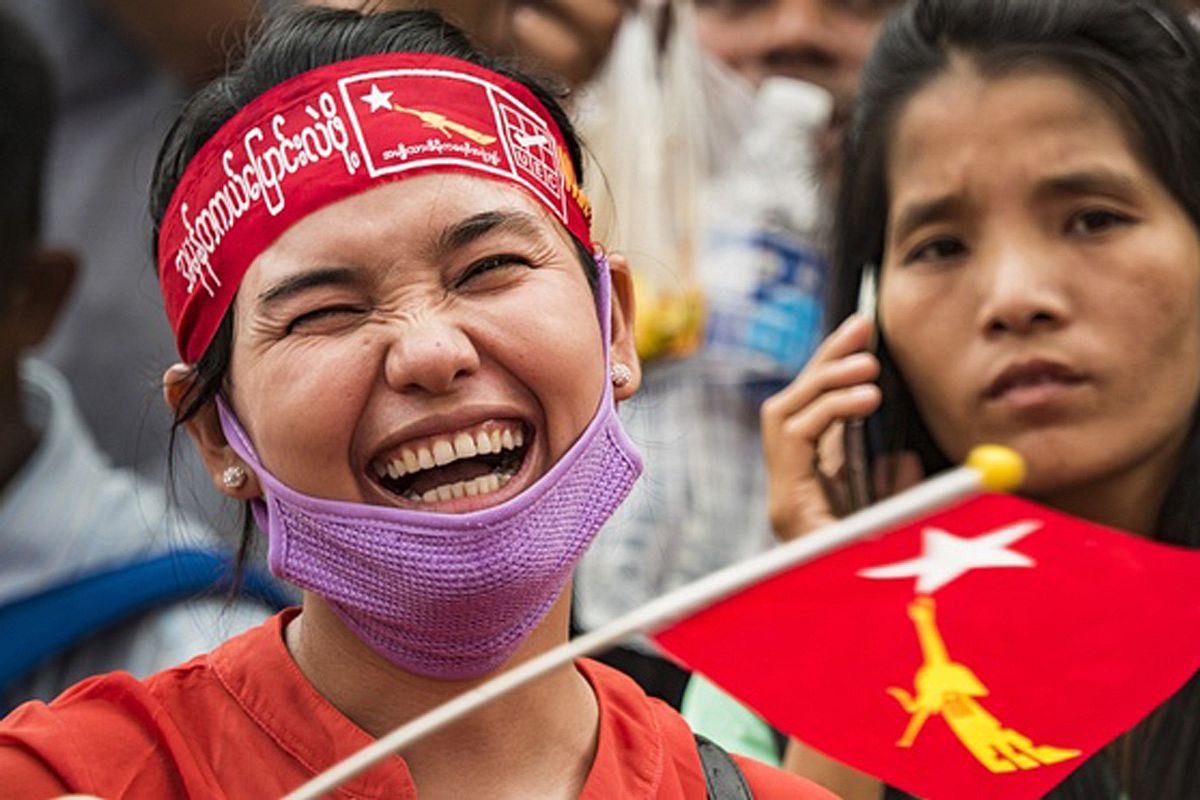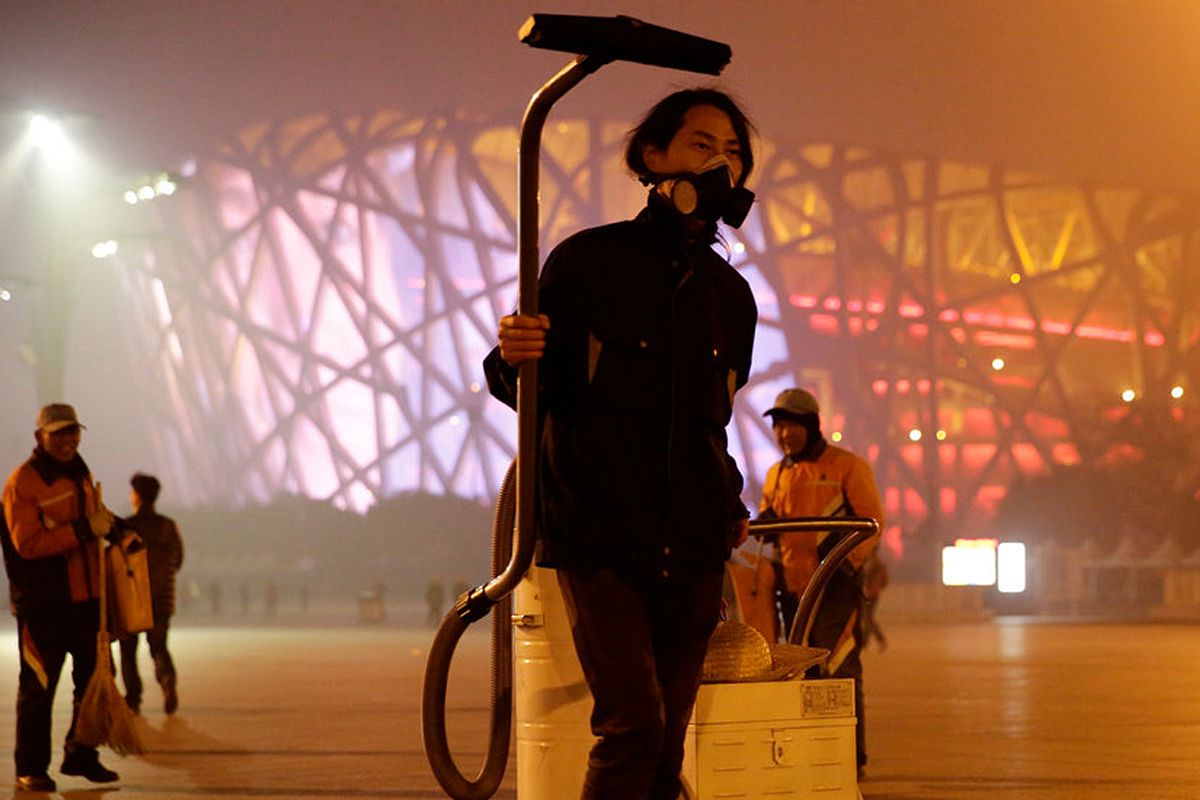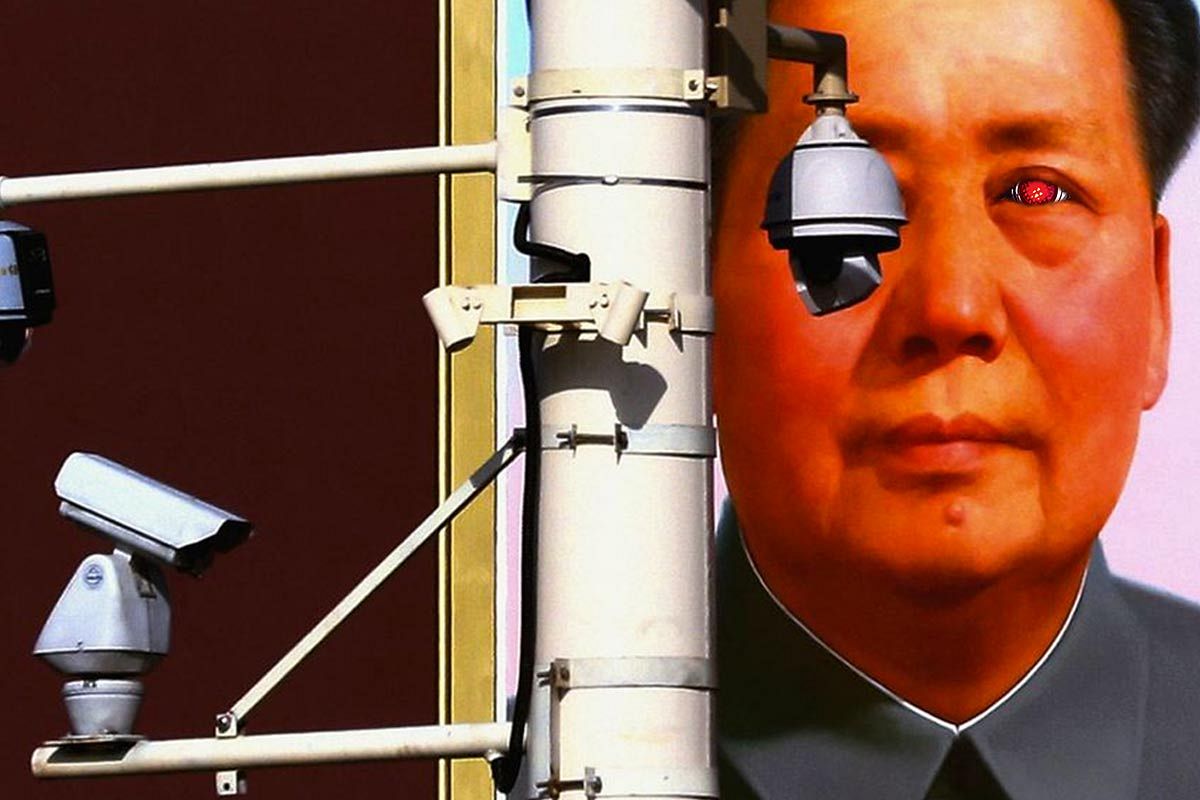Long before Psy sang about 'Gangnam Style', K-Pop was spreading like wildfire across Asia and around the world.
But when the quirky, slightly chubby performer came out with his 2012 hit, it blew the glossy, heavily stylized world of K-Pop wide open and officially introduced the United States to the catchiest pop tunes from across the Pacific. Hallyu, also known as the Korean Wave, had finally arrived in the west.
But despite the singer's recent rocket to international stardom, K-Pop is actually something the South Korean government has been working on for a while. It all started back in the late '90s when then-president Kim Dae-jung, caught up in the Asian financial crisis, devised an unusual plan to fix his country's crumbling economy: export Korean culture to the world.
Rather than trying to dominate the global market in industries like agriculture, science and technology or military power, the South Korean government chose to develop and unleash singing, dancing, highly polished powerhouses like Super Junior, 2NE1 and Big Bang to promote the country's interests abroad.
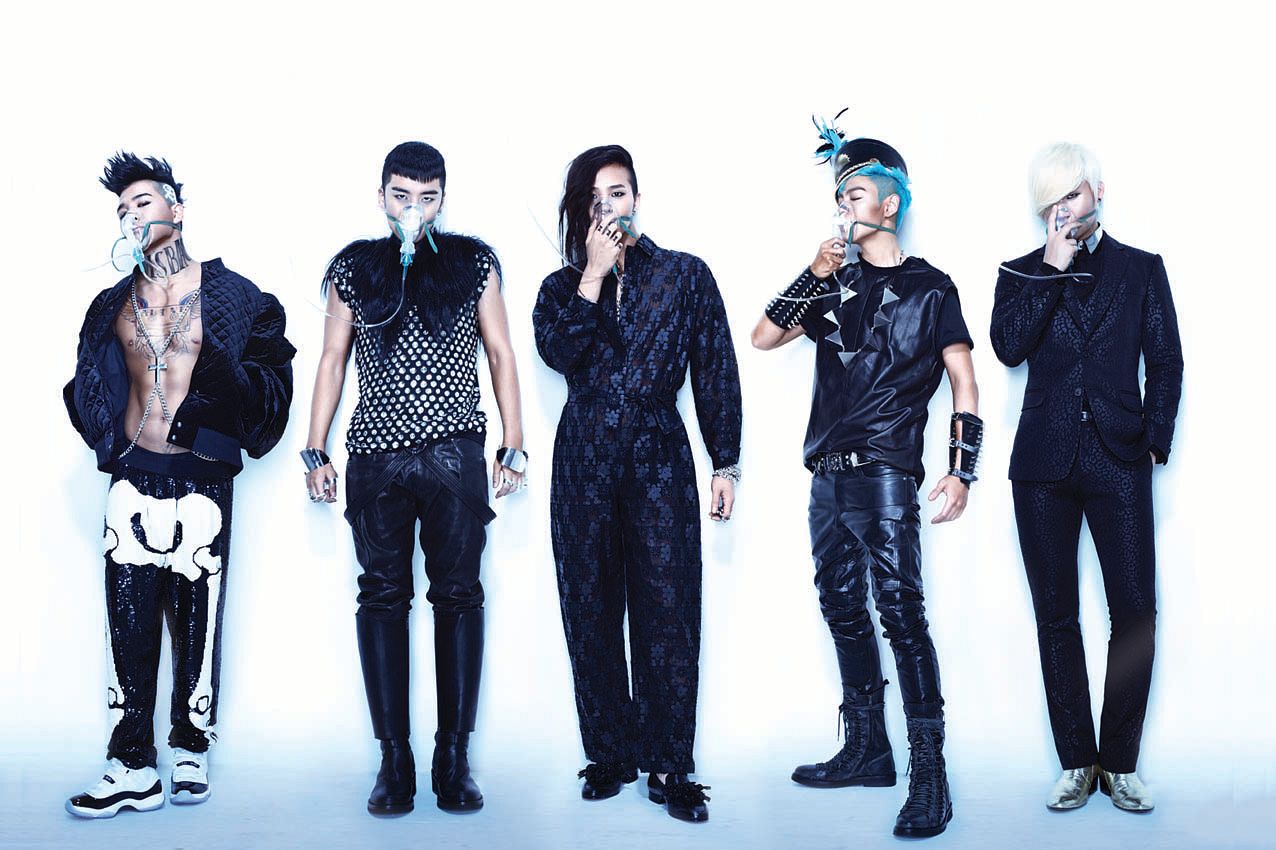
Big Bang boyband.
This was no simple feat: building a successful K-Pop band requires an inordinate amount of planning and preparation. Even today, many of South Korea's brightest stars are groomed from childhood and undergo years of vocal and dance training – not to mention cosmetic surgery – before they've even recorded their first hit.
When a group finally makes its public debut, Wall Street Journal columnist and cultural entrepreneur Jeff Yang likens the event to a “commando strike on popular culture”.
“The emphasis really is in developing a unique persona for each of the band members,” he explained to NPR, “but then ultimately assembling them into a highly engineered and incredibly harmonized set of individuals.”
If the South Korean government has invested serious time and money into their stars, they've also gone all-out with the supporting elements. Research into holograms and virtual reality technology are paid for with public funds as is the construction of massive stadiums built to accommodate the hordes of screaming fans that follow some of the country's most popular acts. Why, exactly?
“They wanted Korea of the 21st century to be like America of the 20th century where America was just considered so universally cool that anything made in America would automatically be bought,” Euny Hong, author of the 2014 book The Birth of Korean Cool, says.
The idea goes that, by winning over audiences abroad, K-Pop fans will reach for a Korean product the next time they go shopping, opting for a Samsung, say, over an iPhone.
It may be difficult to find concrete evidence that suggests the second part of the plan – convincing foreign fans to purchase Korean products – is actually working, but in the meantime it's full speed ahead with the greatest national marketing plan in history.
[Top photo via Deviant Art]

